Naples is a city where food isn’t just sustenance – it’s a cultural treasure. Walking through the narrow streets, you’ll encounter aromas that tell stories dating back centuries. From world-famous pizza to rum-soaked pastries, Neapolitan cuisine captures the essence of this vibrant Italian city with simple ingredients transformed into unforgettable flavors.
1. Pizza Margherita: The Symbol of Naples
Red, white, and green – the colors of Italy dance on this iconic dish. Created in 1889 to honor Queen Margherita, this pizza represents Naples at its most authentic.
The magic happens when San Marzano tomatoes meet creamy buffalo mozzarella and fresh basil leaves, all drizzled with local olive oil. The thin, soft center with a puffy, charred crust comes from wood-fired ovens reaching nearly 900°F.
Neapolitans take this seriously – real Pizza Margherita follows strict rules and earned UNESCO cultural heritage status in 2017. One bite explains why locals say true pizza exists only in Naples, where the water, air, and generations of expertise create something impossible to replicate elsewhere.
2. Spaghetti alle Vongole: Pasta with Clams, the Coastal Classic
Fishermen along Naples’ coast have been preparing this simple yet magnificent pasta dish for generations. Fresh clams open to release their briny juices, creating a natural sauce that captures the essence of the Mediterranean.
The beauty lies in its simplicity – garlic gently sautéed in olive oil, a splash of white wine, fresh parsley, and perhaps a hint of chili. Some versions come ‘in bianco’ (white) while others include tomatoes for a touch of acidity and color.
Every Neapolitan grandmother has her special technique, whether it’s the precise cooking time or the way she tosses the pasta to coat each strand perfectly. The dish embodies Naples’ connection to the sea – unpretentious yet profoundly flavorful.
3. Parmigiana di Melanzane: Layered Eggplant Heaven
Golden slices of fried eggplant transform into something magical in this beloved comfort dish. Each layer tells a story – crispy eggplant, tangy tomato sauce, melted cheese, and aromatic basil creating a symphony of textures and flavors.
Neapolitan cooks debate endlessly about the perfect technique. Should the eggplant be salted first? How thick should you slice it? The answers vary from kitchen to kitchen, but the result is always a bubbling, fragrant masterpiece that emerges from the oven.
While many Italian regions claim this dish as their own, Naples embraces it as comfort food that graces Sunday tables and holiday celebrations alike. Served hot or at room temperature, it’s equally delicious and represents the genius of turning humble vegetables into something extraordinary.
4. Panino Napoletano: The Stuffed Street Snack
Morning commuters clutch these hefty sandwiches wrapped in paper, a portable feast tucked inside unassuming bread. Unlike its daintier northern Italian cousins, the Panino Napoletano refuses to be delicate.
Soft bread cradles layers of cured meats – salami, prosciutto, mortadella – alongside provolone cheese, and sometimes a surprise addition of frittata. Street vendors and family bakeries compete for the title of best panino, each with their secret ratio of fillings and special bread recipe.
Students grab them before school, workers eat them during breaks, and families pack them for day trips to nearby beaches. The beauty lies in its practicality – a complete meal in hand that stays fresh for hours and satisfies even the heartiest appetite with flavors that have sustained generations of Neapolitans.
5. Frittura di Paranza: Mixed Fried Seafood
Fishermen return to Naples’ harbor with their catch, and within hours, the smallest fish become this beloved street food. Tiny anchovies, baby squid, and small shrimp – collectively called ‘paranza’ – are lightly dusted with flour and plunged into hot oil.
The secret lies in freshness and temperature. The oil must be hot enough to create an instant, crispy coating while leaving the seafood tender inside. Served traditionally in a paper cone with lemon wedges and perhaps a sprinkle of sea salt, it’s meant to be eaten immediately, while standing.
Along the waterfront, the aroma of frying seafood mingles with sea air as locals judge each vendor by their technique. The best frittura is light, never greasy, with each piece distinct and perfectly cooked – a testament to Naples’ respect for simple preparations that highlight the Mediterranean’s bounty.
6. Mozzarella di Bufala Campana: The Creamy King of Cheeses
Water buffalo graze in the marshlands surrounding Naples, producing milk that transforms into edible poetry. Unlike cow’s milk versions, authentic buffalo mozzarella has a distinctive tang and milky sweetness that captivates cheese lovers worldwide.
Each morning, cheese artisans perform the ancient ritual of stretching the curds by hand until they achieve that perfect texture – firm enough to slice yet yielding to reveal a creamy interior that releases a milky liquid when cut. The best is eaten within hours of production, when the contrast between the thin outer skin and luscious center is most pronounced.
Neapolitans enjoy it simply – perhaps with ripe tomatoes, basil, and olive oil in a classic insalata caprese, or torn into pieces and eaten alone to appreciate its subtle complexity. The cheese carries official DOP protection, recognizing its cultural importance to the region.
7. Genovese Napoletana: Slow-Cooked Onion and Beef Stew
Despite its name suggesting Genoa origins, this dish belongs heart and soul to Naples. Mountains of sliced onions – sometimes five times the weight of the meat – slowly transform from sharp and pungent to caramelized and sweet during hours of patient cooking.
Families start this labor of love early Sunday morning, allowing beef shoulder to surrender its toughness as it melts into the golden onion sauce. The kitchen windows steam up as aromas permeate the entire building, announcing to neighbors that something wonderful is happening.
When finally ladled over ridged ziti pasta, the rich sauce clings to every crevice. Old-school trattorias consider this their signature dish, though tourists often overlook it for more famous options. Locals know better – this humble, unassuming stew represents the soul of Neapolitan cooking: transforming ordinary ingredients through time and technique.
8. Ragù Napoletano: Neapolitan Sunday Sauce
Saturday night in Naples, families begin the ritual. Large cuts of meat – pork ribs, beef braciole, sausages – are browned and then surrendered to tomatoes for an overnight simmer that continues into Sunday morning. The scent becomes a neighborhood alarm clock.
Unlike its northern cousin Bolognese, Neapolitan ragù keeps the meat whole, allowing it to impart flavor while remaining distinct from the sauce. The rich, rust-colored result has depth that can only come from patience – at least 6 hours, though old-timers insist on 8 or more.
When families gather around Sunday tables, the pasta comes first, dressed in this liquid ruby. The meat follows as the second course, each piece telling the story of its long journey. Arguments about whose grandmother makes the best version have continued for generations, with each family guarding their secret technique.
9. Sfogliatella: The Shell-Shaped Pastry with a Secret
Morning light streams through café windows as Neapolitans dip these ridged, shell-shaped pastries into espresso. The sfogliatella (meaning ‘small, thin leaf’) reveals its genius with the first bite – dozens of paper-thin layers shattering to reveal a sweet citrus-scented filling.
Two varieties compete for affection: the riccia (curly) with its countless crisp layers, and the frolla with its shortbread-like exterior. Both cradle a filling of semolina, ricotta, candied citrus, and a hint of cinnamon. The riccia version requires remarkable skill, with pastry stretched impossibly thin and folded repeatedly to create its distinctive texture.
Created in the 17th century at the Santa Rosa convent near Salerno, the pastry found its spiritual home in Naples, where pastry chefs begin crafting them before dawn. The best are served still warm, when the contrast between crisp exterior and tender filling is most pronounced.
10. Babà al Rum: The Boozy Dessert Classic
Golden mushroom-shaped cakes sit in pastry shop windows, glistening with absorbed rum syrup. Though originally from Poland and perfected in France, the babà found its spiritual home in Naples, where locals embraced it and made it their own over centuries.
The magic happens twice – first when the yeast-leavened dough rises into a light, airy structure, then again when it’s soaked in rum syrup until it can absorb no more. The best versions balance sweetness with the warmth of rum, creating a dessert that’s somehow both delicate and boldly flavored.
Modern pastry chefs sometimes fill them with pastry cream, whipped cream, or even limoncello for a twist. Neapolitans enjoy them as an afternoon treat with coffee or as the sweet finale to a celebration meal. Each bakery guards their recipe fiercely, particularly the exact ratio of rum to syrup that defines their signature version.

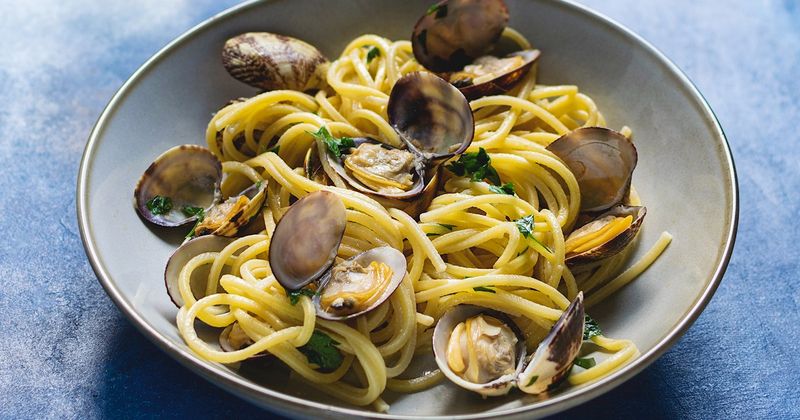
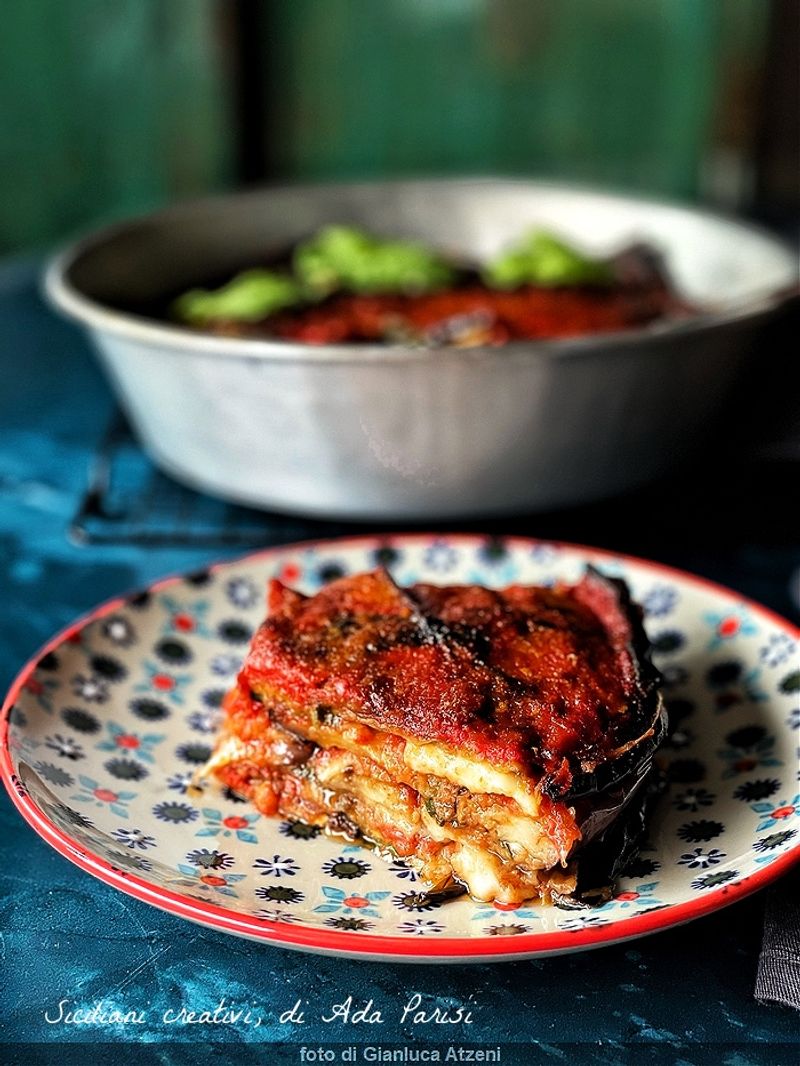

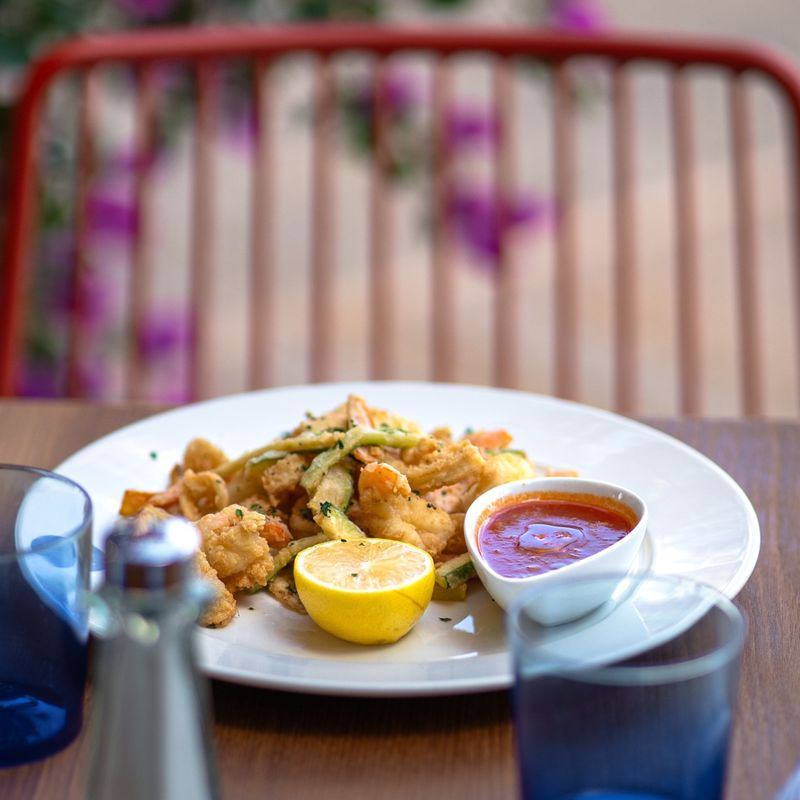
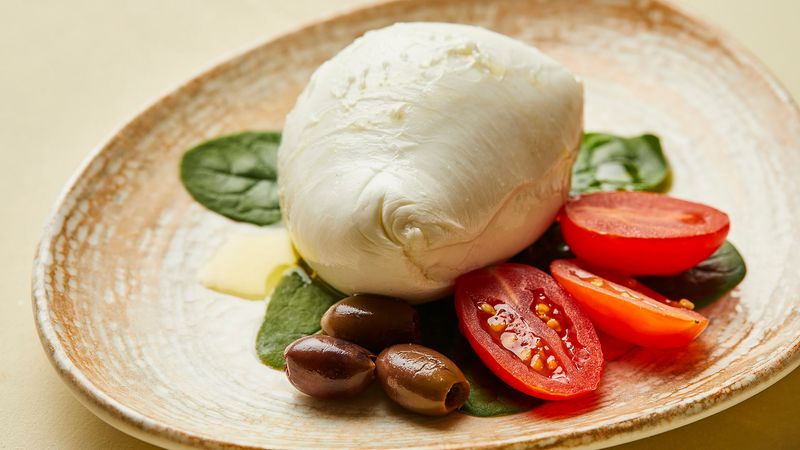
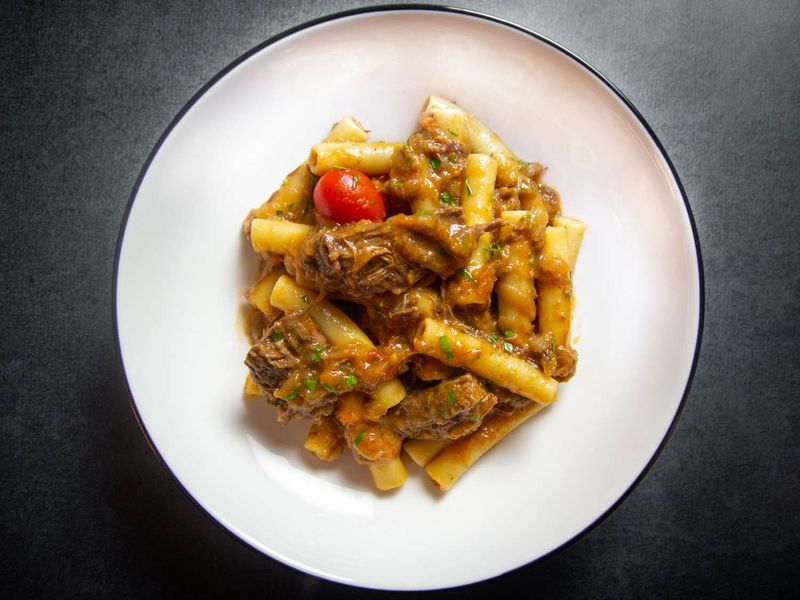
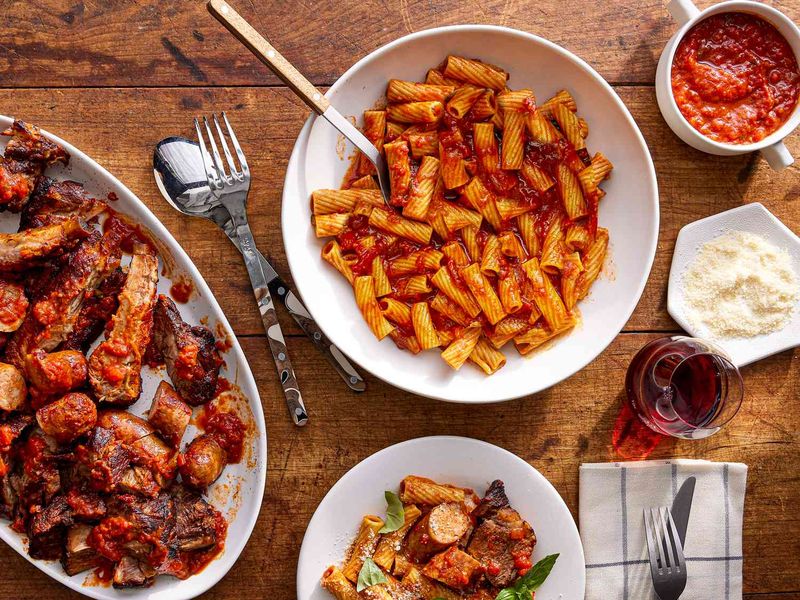


Leave a comment